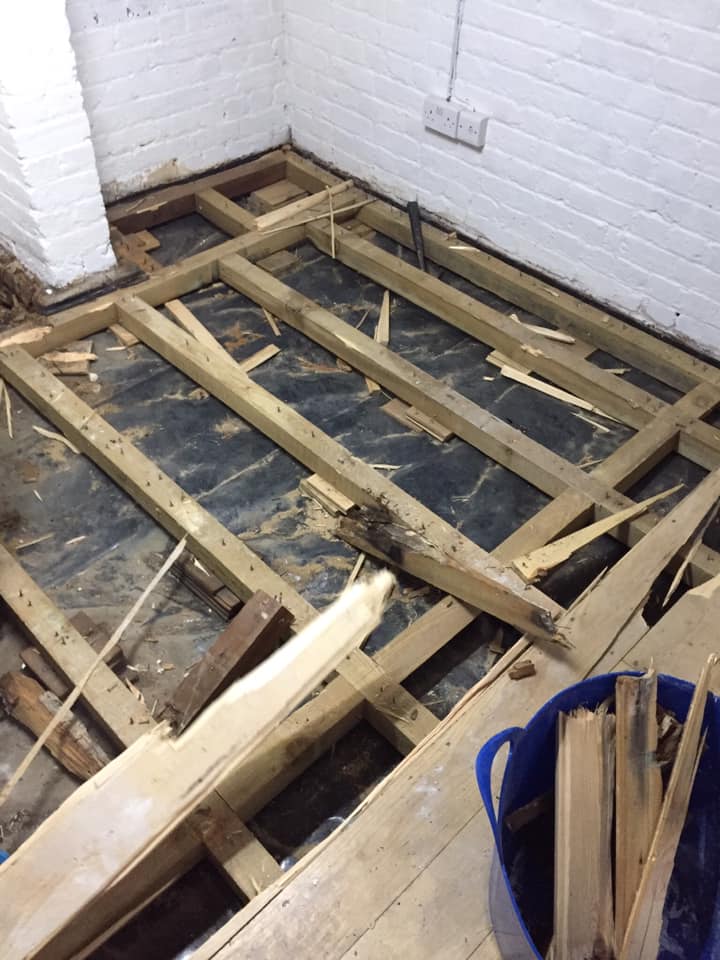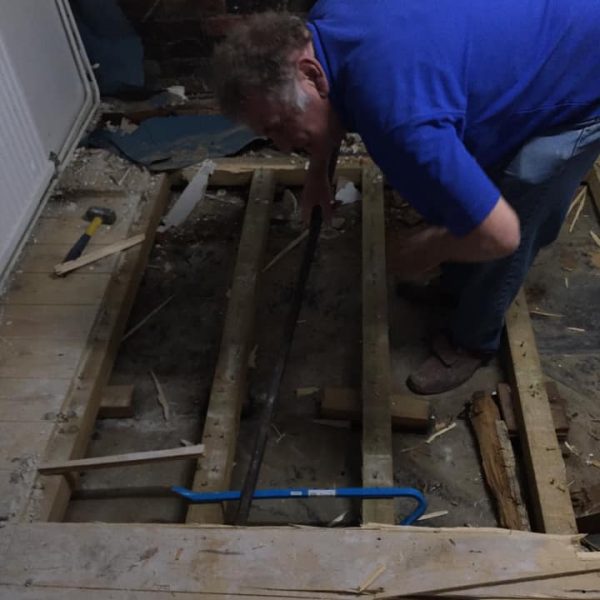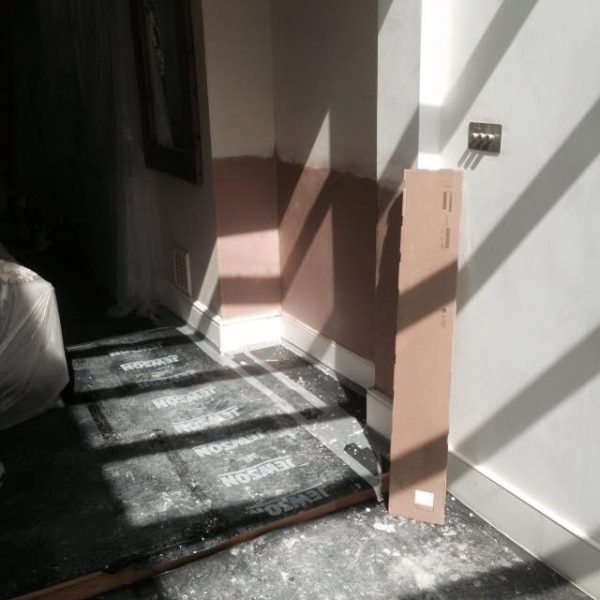
*High timber moisture contents lead to decay. Above 30% wet rot can develop and the optimum for this type of decay is 50-60%
*Dry rot can cause decay in timber at moisture cotents as low as 20% and the most rapid decay develops at 30-40%
*Dry rot fungus or Serpula Lacrymans is the most destructive fungus causing decay of timber in buildings.
*The mature fungus exhibits large fruiting bodies looking like mushrooms and these produce spores which are transmitted into the air initiating more dry rot.
*Dry rot treatment is effective and rot can be removed.
*Wet rot fungus requires higher levels of moisture to cause decay in timber ( 50-60%) and the commonest is Coniophora puteana or cellar fungus.
*It is a common cause of decay of ground floor timbers greatly weakening the structural integrity of the space above .
*It is essential the each type is correctly diagnosed to prevent any unnecessary expense.
*The most common insect species able to use wood as a food source is known as the common furniture beetle or woodworm.
*Treatment is by spraying with the appropriate insecticide. However an insect attack is more likely in wood already softened by damp conditions,
*It is therefore necessary to remove the source of dampness as well as any decayed wood .
*Any new timbers used for repair are similarly sprayed.



